Astronomers find spiraling stars heading towards a rare cosmic explosion
When this nearby binary system explodes, it will be 10 times brighter than the moon. The post Astronomers find spiraling stars heading towards a rare cosmic explosion appeared first on Popular Science.
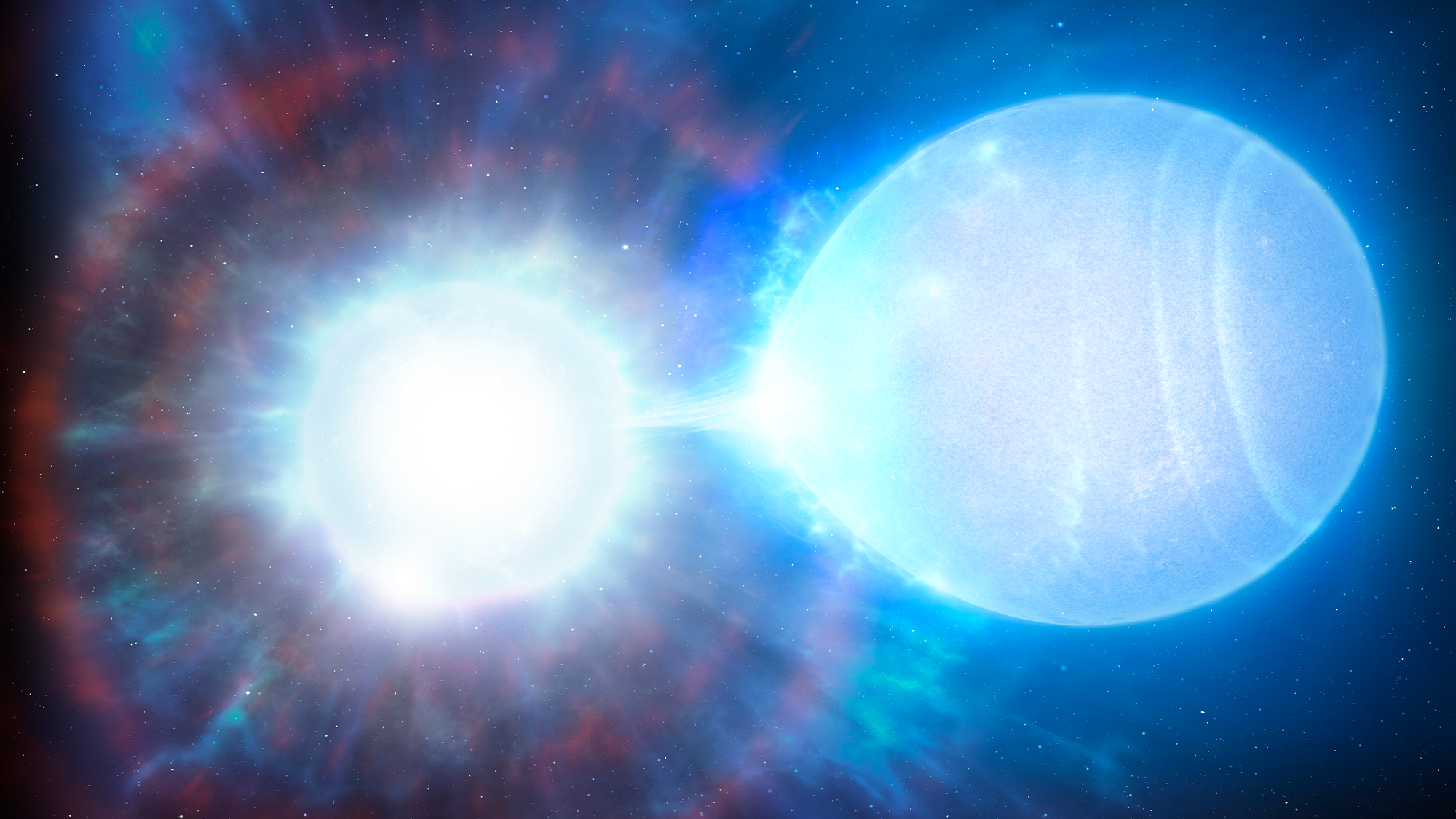
There is a “doomed pair of spiraling stars” swirling only 150 light-years away from Earth–practically our neighbor in space terms. The stars in this rare high mass and compact binary star system are on a collision course with one another that should result in a special kind of supernova. Astronomers expect them to explode as a type 1a supernova that will one day shine 10 times brighter than our moon. The discovery is detailed in a study published April 4 in the journal Nature Astronomy.
What are type 1a supernovae?
In space, a supernova is the explosion of a star. They result in a brilliant burst of energy and light and can be so luminous that they briefly outshine galaxies.
Type 1a supernovae are a special type of cosmic explosion. They occur when a white dwarf–the dense remnant core of a star–takes in too much mass. The former star then can’t withstand its own gravity and explodes. According to NASA, type 1a supernovae are rare, occurring only once every 500 years in the Milky Way. By comparison, general supernovae happen about two to three times per century.
Astronomers have long predicted that two orbiting white dwarfs are the cause of most type 1a supernova explosions. While the pair are in close orbit, the heavier of the two theoretically accumulates material from its partner. This pull causes one or both of the stars to go kaboom.
On our doorstep
For the first time, a team of astronomers have observed a binary star system that is destined to end in a type 1a supernova in this new study. The stars’ close proximity to us is an added bonus.
“For years a local and massive double white dwarf binary has been anticipated, so when I first spotted this system with a very high total mass on our Galactic doorstep, I was immediately excited,” James Munday, study co-author and astronomer at the University of Warwick in the United Kingdom, said in a statement.
The pair of white dwarfs are leisurely spiraling around each other and their orbit takes over 14 hours to complete. Over billions of years, gravitational wave radiation will cause the two stars to spiral inwards towards each other until the supernova event begins. By that time, they will be moving so quickly that they complete an orbit in only 30 to 40 seconds.
The new star system is also the heaviest of its type ever confirmed and is about 1.56 times the mass of our sun. At this size, astronomers say that they are destined to explode. However, that is not expected to happen for another 23 billion years. Despite being so close to Earth, it is not expected to endanger our home planet.
“This is [a] very significant discovery,” study co-author and Warwick astronomer Ingrid Pelisoli said in a statement. “Finding such a system on our galactic doorstep is an indication that they must be relatively common, otherwise we would have needed to look much further away, searching a larger volume of our galaxy, to encounter them.”
[ Related: The hunt for the first stars in the universe. ]
Looking 23 billion years into the future
In the case of this star system’s supernova event, it’s expected that mass will transfer from one of the white dwarfs to the other. According to the team, the result will be a “rare and complex supernova explosion through a quadruple detonation.”
On the mass-gaining white dwarf, the surface should first detonate where it is accumulating the material. Its core will explode second and eject material in all directions. The subsequent material will collide with the other white dwarf and repeat the whole process for a third and fourth detonation.
The energy levels from all four explosions should be roughly one thousand trillion times that of mankind’s most powerful nuclear bomb and will completely destroy the star. So 23 billion years from now, this supernova will look like a very intense point of light in the night sky. It should be more than 200,000 times brighter than Jupiter, our solar system’s largest planet.
The team is now surveying the sky to find the origin points of other type 1a supernovae.
“Little by little we are getting closer to solving the mystery of the origin of type 1a explosions,” said Pelisoli.
The post Astronomers find spiraling stars heading towards a rare cosmic explosion appeared first on Popular Science.













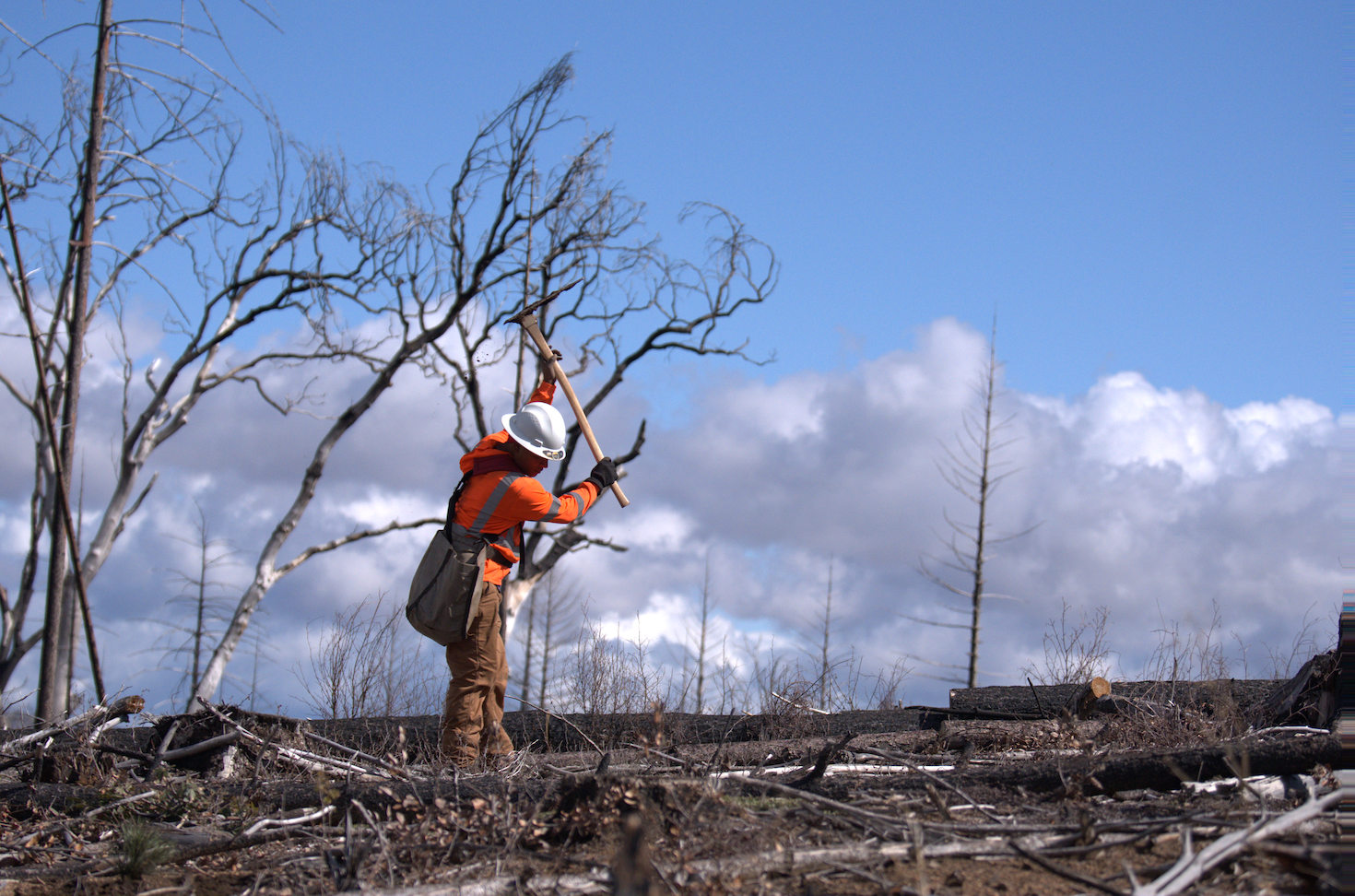












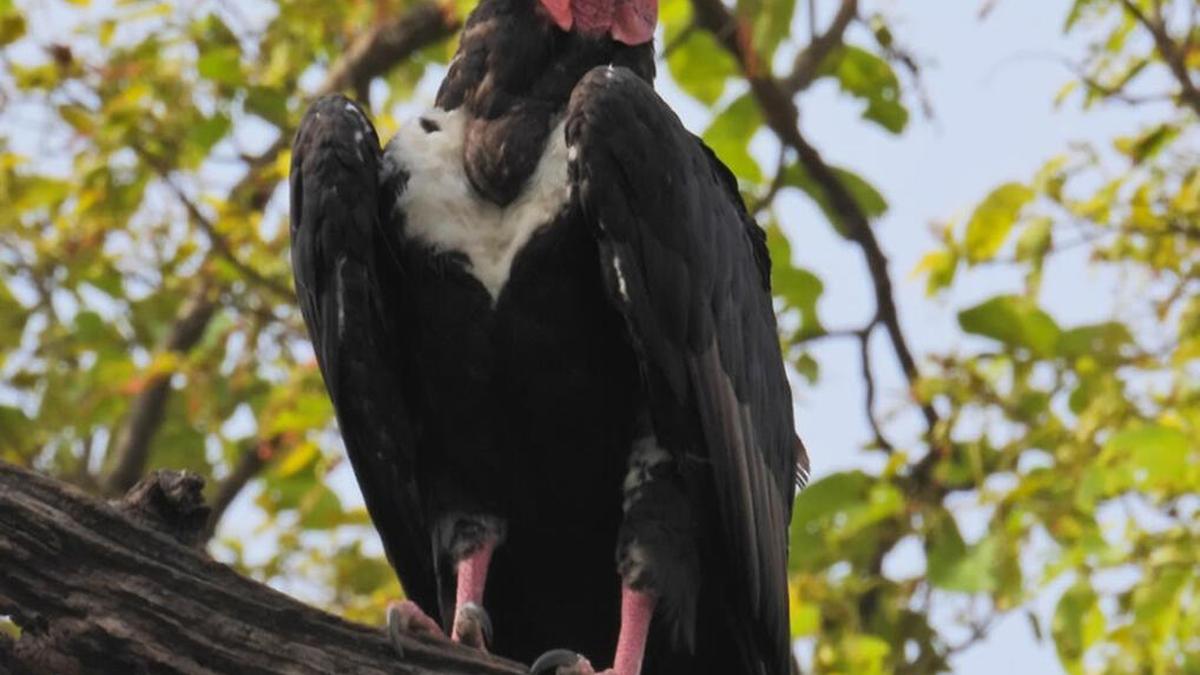




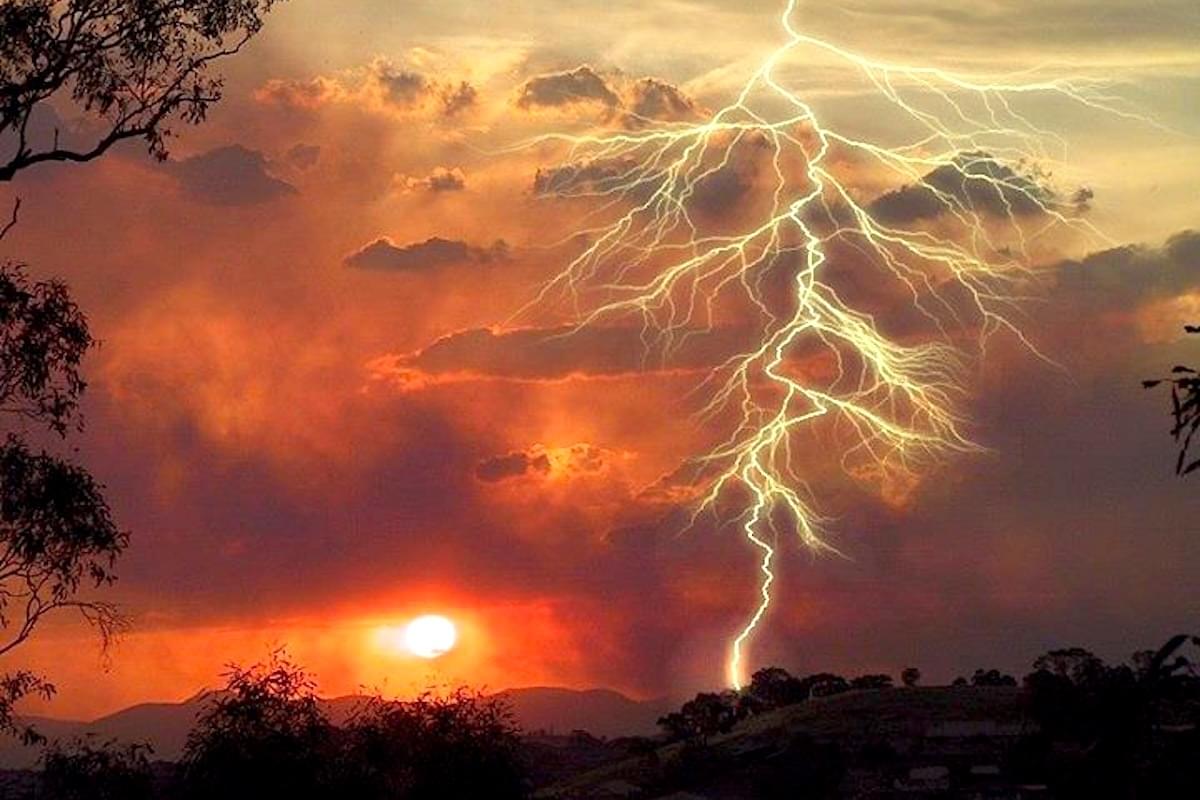



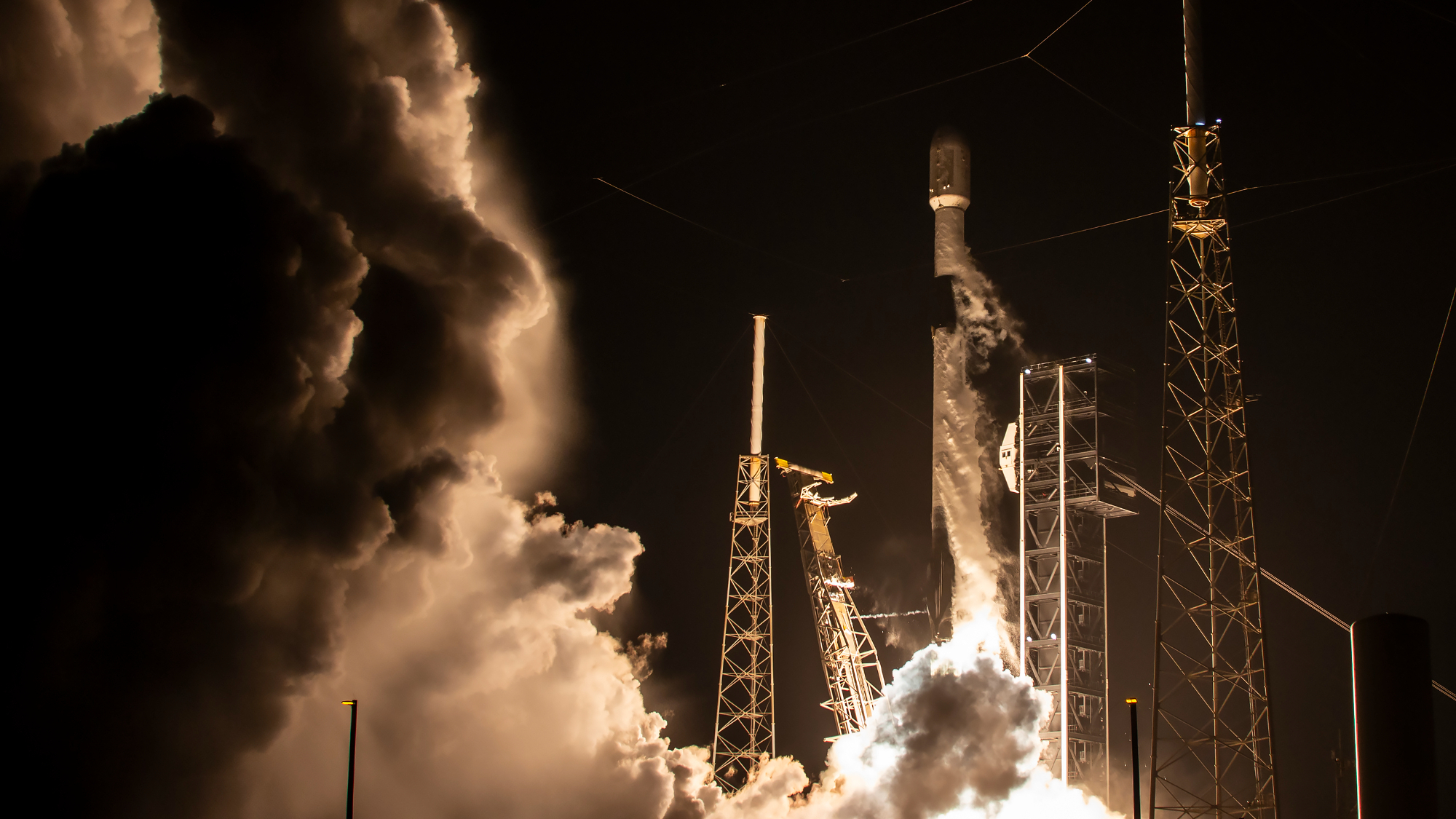















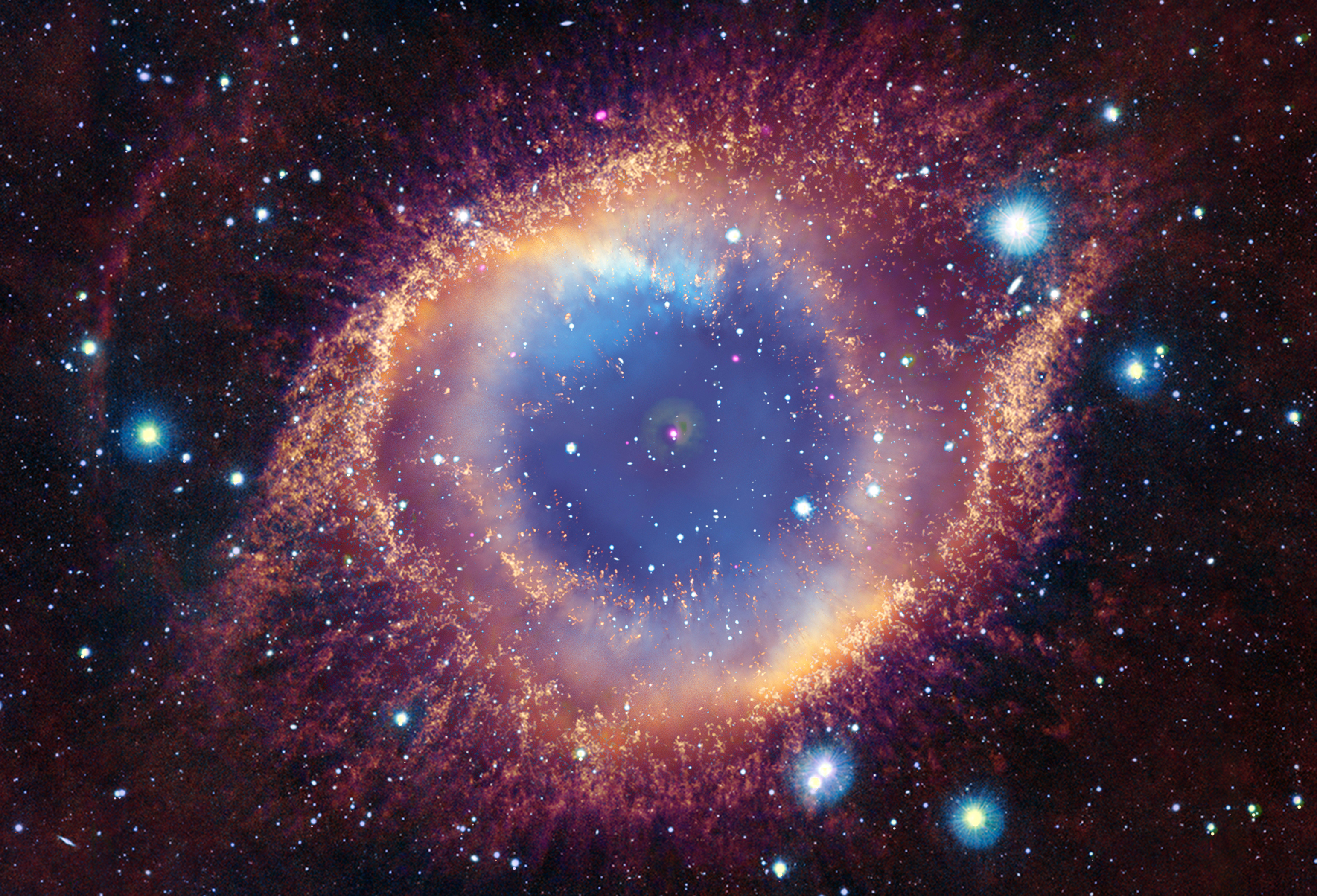

































































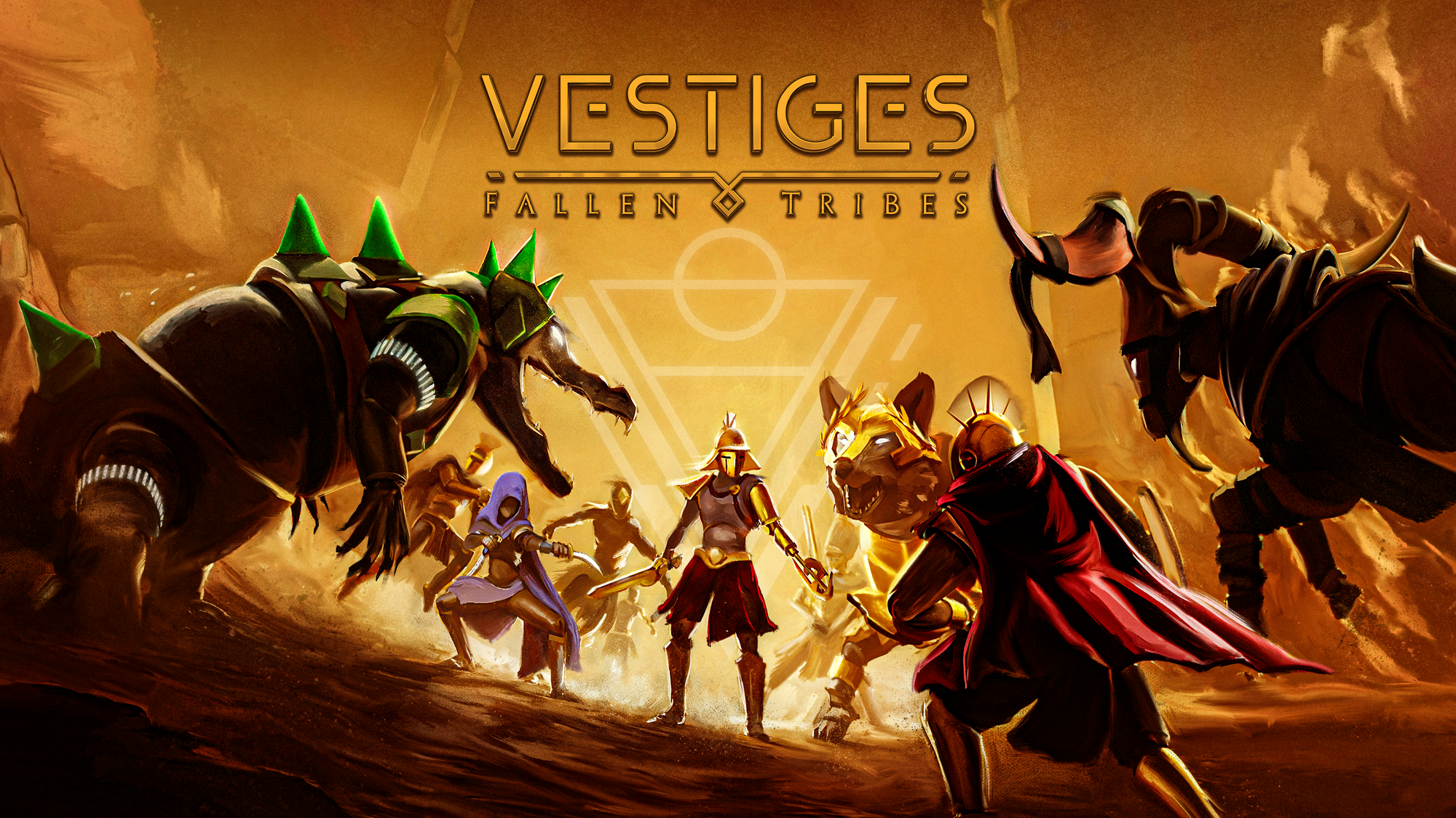










![The breaking news round-up: Decagear launches today, Pimax announces new headsets, and more! [APRIL FOOL’S]](https://i0.wp.com/skarredghost.com/wp-content/uploads/2025/03/lawk_glasses_handson.jpg?fit=1366%2C1025&ssl=1)





















